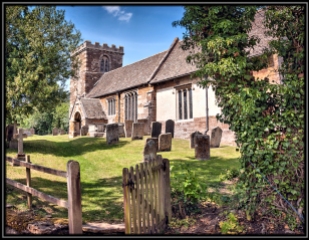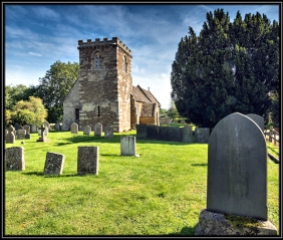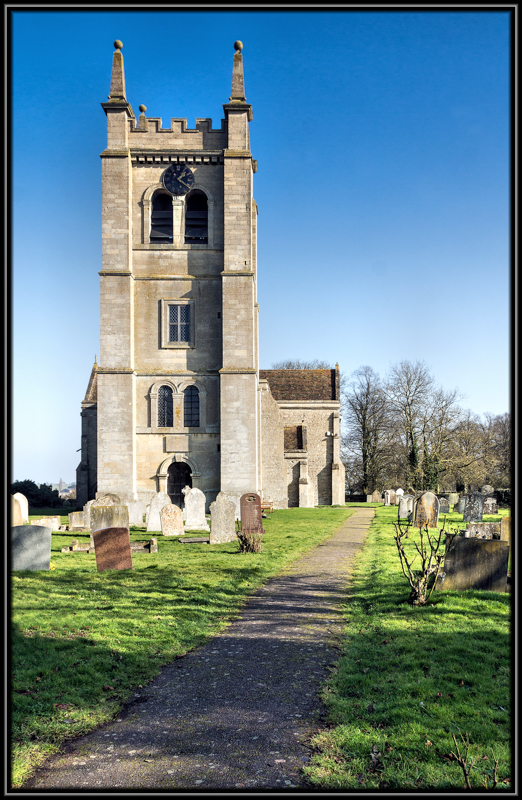Once Upon A Time In Northamptonshire
Looking for Robert Burns, Scotland’s national bard or more to the point the spirt of Robert Burns, you would have thought that searching the byways of Dumfries, Alloway or Mossgiel would be more appropriate than the English village of Helpston in Cambridgeshire once upon a time Northamptonshire, but “though this be madness, yet there is method in’t“.
The poet John Clare was born in Helpston on the 13 July 1793, some of the critics of the time complained that his work often imitated that of Rabbie and was often labelled the English Burns, but as he declares himself,
“now the fact is that when my first poems was written I knew nothing of Burns not even by name for the fens are not a literary part of england“
Like Burns he used to collect songs and in later life one of his many alter egos was that of Burns, perhaps it could also be argued that he had some Scottish blood running through his veins as his father’s father was an itinerant Scottish fiddler.

Clare Cottage, Helpston, nr Peterborough, Cambridgeshire

Tablet on The Wall of Clare Cottage
John Clare’s Birthplace in Helpstone his home for forty years.
He described it in the following way
“Our cottage was as roomy & comfortable as any of our neighbours & we had it for forty shillings while an old apple tree in the garden generally made the rent, the garden was large for a poor man & my father managed to dig it night & morning before the hours of labour.
Or described by one of his biographers
“their little cottage was among the narrowest and most wretched of the hundred mud hovels.”
MY EARLY HOME
Here sparrows build upon the trees,
And stockdove hides her nest;
The leaves are winnowed by the breeze
Into a calmer rest;
The black-cap’s song was very sweet,
That used the rose to kiss;
It made the Paradise complete:
My early home was this.
The red-breast from the sweetbriar bush
Drop’t down to pick the worm;
On the horse-chestnut sang the thrush,
O’er the house where I was born;
The moonlight, like a shower of pearls,
Fell o’er this “bower of bliss,”
And on the bench sat boys and girls:
My early home was this.
The old house stooped just like a cave,
Thatched o’er with mosses green;
Winter around the walls would rave,
But all was calm within;
The trees are here all green agen,
Here bees the flowers still kiss,
But flowers and trees seemed sweeter then:
My early home was this.

The Bell Inn, Helpston, nr Peterborough, Cambridgeshire
“Francis Gregory our neighbour at the Blue Bell wanted a servant & hired me for a year I was glad & readily agreed it was a good place and they treated me more like a son than a servant”

Exeter Arms Inn, Helpston, nr Peterborough, Cambridgeshire
John Clare refers to the Exeter Arms in The Will O Whisp or Jack A Lanthorn
“I heard of the old alewife at the Exeter Arms behind the church often say that she has seen from her chamber window as many as fifteen together (vapours or what ever philosophy may call them) dancing in and out of company as if dancing reels and dances on eastwell moor”
Four days after his death John was brought home to Helpston, he was taken to the Exeter Arms where he remained overnight and was laid to rest the following day on the south side of St Botolph’s Church.

St Botolph’s Church, Helpston, nr Peterborough, Cambridgeshire
“I started for Wisbeach with a timid sort of pleasure & when I got to Glinton turnpike I turnd back to look on the old church as if I was going into another country. Wisbeach was a foreign land to me for I had never been above eight miles from home in my life“

John Clare’s Grave, St Botolph’s Church, Helpston, nr Peterborough, Cambridgeshire
A WISH
BE where I may when Death brings in his bill,
Demanding payment for life’s ling’ring debt,
Or in my native village nestling still,
Or tracing scenes I’ve never known as yet,
O let one wish, go where I will, be mine, —
To turn me back and wander home to die,
‘Mong nearest friends my latest breath resign,
And in the church-yard with my kindred lie,
‘Neath the thick-shaded sycamore’s decay,
Its broad leaves trembling to the breeze of day:
To see its shadow o’er my ashes wave,
How soothing will it be, while, hovering near,
My unseen spirit haunts its daisied grave,
Pausing on scenes in life once lov’d so dear.

Web Links:
Clare Cottage
John Clare Society













































